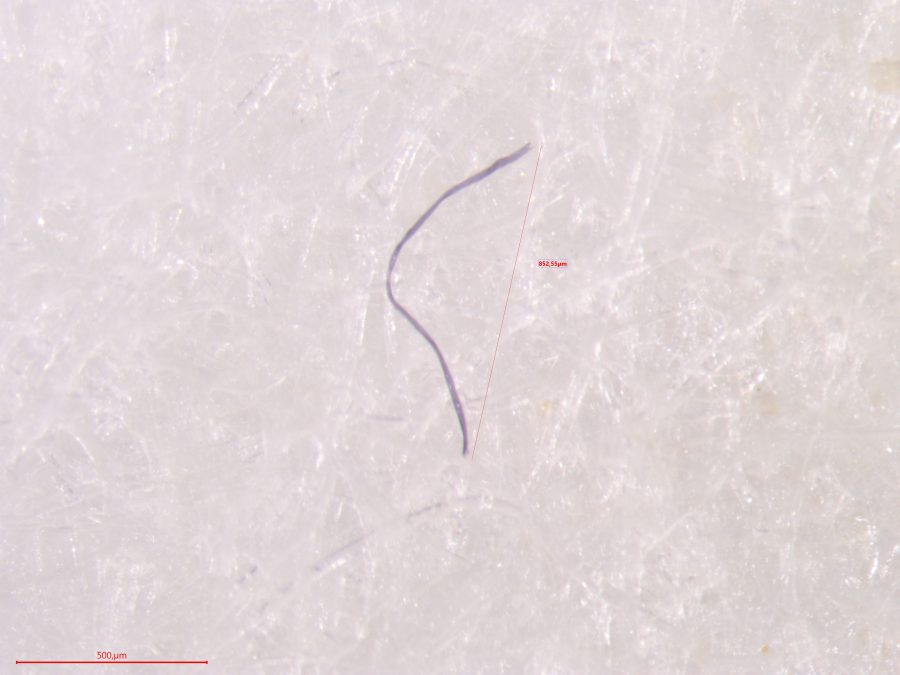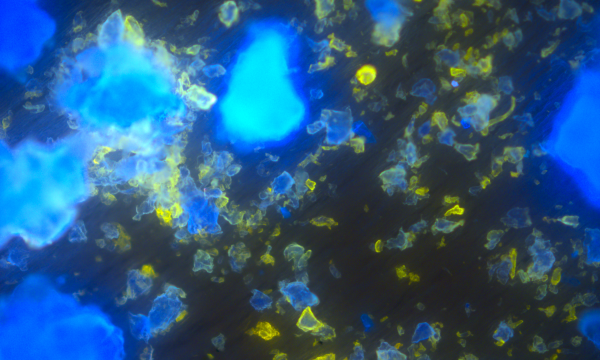News | Statement Microplastics in seafood from Belgian fisheries areas

Over the last decade, more than 400 papers have been published on the occurrence of microplastics in marine biota. The strong focus on microplastics in the marine environment can also be seen in food studies. Peer-reviewed A1-publications on microplastics occurrence in food are dominated by studies on seafood, followed by studies on drinking water and sea salt while little attention is paid to other, non-marine food matrices (EFSA, 2016, Robbens et al., 2021). Risks associated to microplastic contamination in food can be linked to direct toxicity from the uptake of small particles (Write & Kelly, 2017) or indirect toxicity, associated with the presence of chemical additives or pathogens on microplastics (OSPAR, 2017). This information has reached the general public through press releases, reports, events and awareness campaigns (Otero et al., 2021).
Question raises to what extent the seafood consumer is exposed to microplastics and its associated risks. Many studies report on microplastic contamination in fish, including the gastro-intestinal tract (GIT) (EFSA, 2016). As the GIT is often not consumed, this data is not always relevant from a consumer perspective. For marine biota as well as humans, microplastics are considered too big to transfer from the GIT to the blood or lymph system (Write & Kelly, 2017; Lusher et al., 2017), which limits consumer exposure. Moreover, microplastic occurrence data in seafood may be subject to overestimation when appropriate background measures were not taken during analysis (Hermsen et al., 2017). Debate is also ongoing on the risks of microplastic exposure, as exposure to chemical or pathogens is not only influenced by the concentration of the chemical or biological pollutant but also by its bioavailability (EFSA, 2016: Koelmans et al., 2013).
In this study, the occurrence of microplastics in seafood from Belgian fisheries is studied. Distinction in microplastic concentration is made between the consumed part of a seafood product and the non-consumed part. The main aim was to assess the exposure of the consumer of Belgian fisheries products to microplastics.
Read the "ILVO mededeling" nr 276: Microplastics in seafood from Belgian fisheries areas


